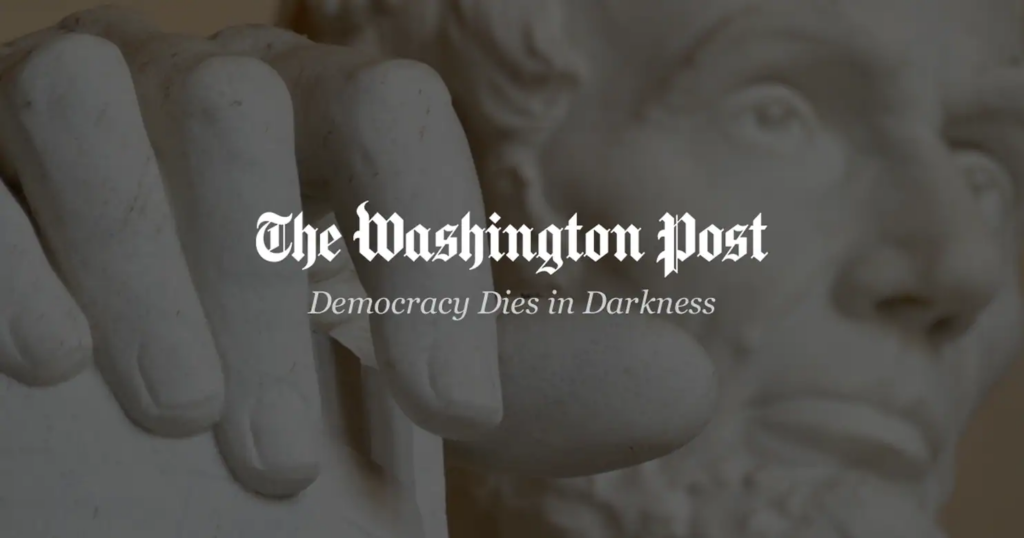The trend isn’t unique to Australia, and the pandemic highlighted similar themes in much larger democracies, such as the U.S. and India, as expressions of state power became more visible. Just consider the many aspects of daily life that changed during the Covid era — from border control and quarantine rules to vaccinations and mask-wearing — that were managed at the regional level. What’s different in Australia is the surge of local power from a position of relative weakness. The shifting dynamics promise to make the job of whoever is elected prime minister Saturday, incumbent conservative Scott Morrison or opposition Labor Party leader Anthony Albanese, that much tougher. It will also frustrate the response to the next great crisis, be it related to the economy, health, the environment or security.
Over the past few decades, Australians have looked on with dismay as conservatives advocate for states’ rights in the U.S. Like in America, few Australians dispute the need for a federal government to handle issues like diplomacy and defense. Central government largesse, in turn, has often been able to entice recalcitrant localities to fall into line and make national responses more effective.
During the pandemic, however, local premiers discovered that extreme responses such as hard lockdowns make for great retail politics, especially if framed as sticking it to neighboring regions or the national capital. When Mark McGowan, premier of Western Australia, announced he was dismantling draconian state border controls in March, his remarks were spiced with phrases like “east coast pandemic” and “east coast omicron outbreak.” This was more than an extremely popular provincial leader playing to the gallery.
Such word choice deliberately sharpens the divisions that have become a defining feature of politics in the pandemic era. It also sends a message that, while federal cash still matters, local priorities matter more. Indeed, it’s areas where local governments maintain legal control, like the number of cops on the beat or nurses in emergency rooms, that shaped the pandemic response — and these issues were ruthlessly exploited for parochial political gain. McGowan was re-elected in a landslide last year, while Annastacia Palaszczuk, who runs Queensland, another state fond of dissing Canberra’s Covid response, cruised to a third term.
This shift to local primacy didn’t emerge from the blue. When separate British colonies amalgamated in 1901 to form a federation, they initially kept a lot of operational power over the daily lives of citizens in states of the new nation. Responsibilities of early prime ministers were light: One presided over cabinet meetings while cooking dinner, wrote John Edwards in his biography of John Curtin, who led from 1941 to 1945. It wasn’t until World War II that Canberra seized control of income tax from states and the central bank became more assertive in steering the financial system.
Only an epochal event stood a chance of altering that dynamic. Then along came Covid, and incentives were skewed. State premiers dusted off their constitutions. To get everyone aligned, Morrison presided over a new beast called the national cabinet, comprising top federal officials and local leaders. While this made sense given the dispersal of power, critics charged that it jeopardized democracy because it wasn’t accountable to a single legislature, but to a collection of regional assemblies. If you report to everyone, you report to no-one. Morrison twisted himself into a pretzel, but its unclear how much difference it really made. The states had been unleashed. They may never be put back into the box.
The central government and agencies remain indispensable, even if they don’t get credit for it and have to fight to get their way. The workplace subsidy programs that alleviated the damage to the labor market from prolonged lockdowns had their origins in the federal budget. Canberra’s balance sheet added to the fiscal firewalls erected at the state levels. The Reserve Bank of Australia undertook quantitative easing — including the purchase of debt sold by local authorities. But for the most visceral and tangible issues of life and death thrown up by the pandemic, it was state teams that were most prominent.
On the face of it, Australians are putting the pandemic behind them: Gross domestic product is growing briskly, unemployment is low and prices are rising; in an effort to cool things down, the central bank has raised interest rates. International tourists are returning, barriers to travel among the six states and two territories have been largely lifted. But Covid has left a bitter legacy. In some ways, there is no Australian government, but nine separate ones — including the federal administration — jockeying for power with their own electoral incentives and agendas. Voters may as well be selecting a national referee on Saturday, rather than propelling a person toward what should be the apex of political power, the prime minister’s office. Seldom in peacetime has the leading office appeared so constrained.
More From This Writer and Others at Bloomberg Opinion:
• How Climate Is Splintering Australia’s Politics: David Fickling
• RBA Gets Hawkish. Just in Time for Elections: Daniel Moss
• Australia Has a China Problem and a Chinese Problem: Tim Culpan
This column does not necessarily reflect the opinion of the editorial board or Bloomberg LP and its owners.
Daniel Moss is a Bloomberg Opinion columnist covering Asian economies. Previously, he was executive editor of Bloomberg News for economics.
More stories like this are available on bloomberg.com/opinion

